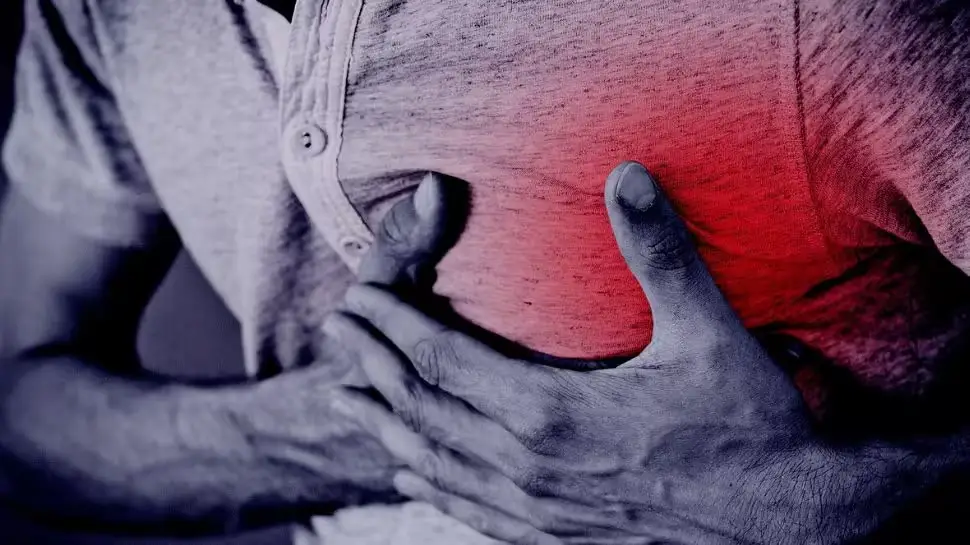High cholesterol is a common health issue that often goes unnoticed until it leads to more severe problems, such as heart disease or stroke. Fortunately, our bodies often give us subtle signals when something isn’t quite right. In the case of high cholesterol, recognizing these signs can lead to early intervention and better long-term health outcomes. In this article, we’ll explore seven warning signs that your body may be signaling high cholesterol levels.
- Yellowish Bumps on the Skin (Xanthomas)
Xanthomas are fatty deposits that accumulate under the skin, often appearing as yellowish bumps or nodules. They typically form around the eyes but can also develop on other parts of the body. Xanthomas are a visual indicator of high cholesterol levels and may indicate an underlying lipid metabolism issue.
- White Rings Around the Eyes (Arcus Senilis)
Arcus senilis, also known as corneal arcus or arcus lipoides, is a white or grayish ring that forms around the outer edge of the cornea in the eye. This condition, while more common in older individuals, can also occur in younger people with high cholesterol. It is crucial to consult a healthcare professional if you notice this ring in your eyes, as it can be an early sign of elevated cholesterol levels.
- Chest Pain and Angina
High cholesterol can lead to the buildup of fatty deposits (atherosclerosis) in the arteries, including those that supply the heart. This can result in angina, characterized by chest pain, discomfort, or pressure. While angina can have various causes, including high cholesterol, it is crucial to seek immediate medical attention if you experience chest pain.
- Fatty Liver
Elevated cholesterol levels can lead to the accumulation of fat in the liver, a condition known as fatty liver disease. While it may not cause noticeable symptoms in its early stages, it can progress to more severe liver issues if left untreated. Some people with fatty liver may experience abdominal discomfort, fatigue, or unexplained weight loss.
- Pale or Gray Stools
Problems with the liver and gallbladder, which can be associated with high cholesterol, may affect the production of bile. As a result, individuals with elevated cholesterol levels may notice pale or gray-colored stools. Changes in stool color should always be discussed with a healthcare provider.
- Tendon Xanthomas
Tendon xanthomas are fatty deposits that accumulate on tendons, often causing pain, swelling, or limited joint mobility. These can be more commonly associated with a rare genetic disorder called familial hypercholesterolemia but can also develop in individuals with high cholesterol.
- Unexplained Muscle Pain
High cholesterol levels can increase the risk of muscle-related side effects, including myalgia (muscle pain) and rhabdomyolysis (a severe muscle condition). If you experience persistent, unexplained muscle pain or weakness while taking cholesterol-lowering medications, consult your healthcare provider immediately.
Conclusion
Our bodies often provide subtle signals when something is amiss, and high cholesterol is no exception. Recognizing these warning signs can lead to early intervention, which is crucial for preventing more severe health issues like heart disease or stroke. If you experience any of these signs or have risk factors for high cholesterol, such as a family history of the condition, consult with a healthcare professional for a thorough evaluation and appropriate management. Remember that regular check-ups, a healthy diet, regular exercise, and lifestyle modifications can all play a crucial role in managing and preventing high cholesterol.
